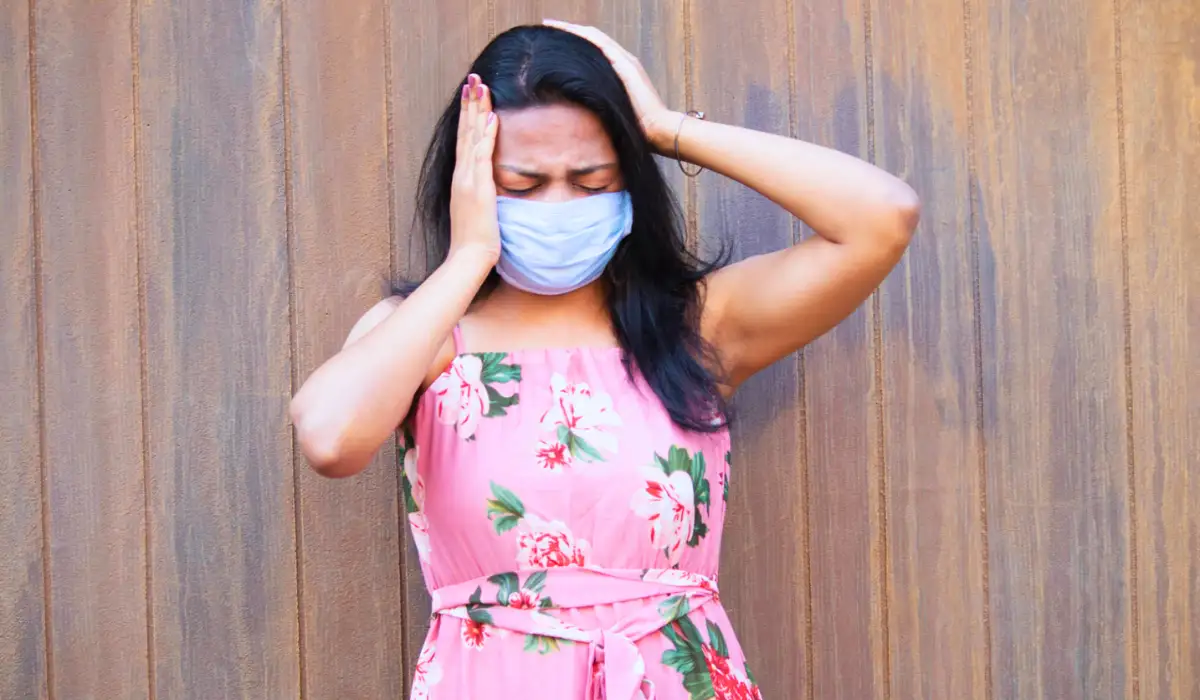There are many confusions and wrong ideas about viral infections. Truth to be told, the germs of viral infection can enter the body at any time, and create the most awful complications one can think of. These can be mild cold and flu to severe respiratory disease. Having a proper understanding of these kinds of viral infections and having a proper treatment is essential here.
Causes of Viral Infections
Small infectious agents like viruses require host cells to reproduce and survive. They can infect humans, animals, plants, and microorganisms. Flu, coronaviruses, norovirus, and HPV/HSV cause human viral infections.
Viral infections propagate in several ways. Sick persons, respiratory droplets, contaminated surfaces, and body fluid interaction may spread viruses. Mosquitoes carry dengue and Zika.

Effective viral infection prevention and treatment needs knowledge of transmission modes. Regular handwashing and respiratory etiquette reduce direct contact and respiratory droplets. Cleanliness and safety in intimate situations may decrease contaminated surfaces and sexual transmission.
In vector-borne disease locations, mosquito control is crucial. Insecticides, protective clothing, and other precautions may inhibit vectors from transmitting viruses.
Finally, viruses’ capacity to infect multiple hosts highlights the need for transmission routes. Understanding these networks helps communities prevent viral infections, improving public health.
Symptoms of Viral Infections
Microbes cause viral infections that affect several organs. Virus type and organ targeted affect viral symptoms. These signs must be understood for quick diagnosis and treatment. Diagnostic testing and virus symptoms are discussed.
Fever
Fever may indicate viral infections. Viral infection affects the immune system, boosting body temperature. Fever protects against several viruses that thrive at body temperature. Treatment for viral infections needs fever monitoring and control.
Fatigue
Fatigue and weakness may result from viral infections. Mobilization to combat infections usually causes exhaustion. Rest is necessary for recovery.
Respiratory Symptoms
Viruses like influenza and the common cold may induce respiratory symptoms. Examples: cough, congestion, sneezing, and dyspnea. Recognizing these signs is important since many respiratory diseases are contagious.
Gastrointestinal Distress
Some viruses cause nausea, vomiting, diarrhea, and stomach pain. Norovirus and rotavirus induce gastroenteritis, thus hygiene is essential.
Skin Rash
Several viral diseases have identified skin rashes. Cases include measles and chickenpox. Doctors can identify these rashes by their appearance and origin.
Joint and Muscle Pain
Dengue and chikungunya viruses may cause significant joint and muscular discomfort. Understanding pain and its link to other symptoms may assist in distinguishing viral infections from similar conditions.
Locating Viral Infections: The Invisible Cause
To diagnose viral infections, clinical examination, medical history, and lab tests are required. These tests detect viral infections, determine the cause and guide treatment.
PCR (Polymerase Chain Reaction)
PCR is a strong molecular biology technology for identifying viral genetic material. By multiplying and analyzing DNA, PCR identifies viral infections sensitively. This technique accurately detects viruses in patient samples.
Serology Tests
Serology tests detect viral infection-induced antibodies in blood samples. These assays are crucial for virus detection. Serology is effective for retroactive diagnosis of chronic antibody-positive diseases.
Viral Culture
Viral culture involves lab-cultured throat swabs or lesions from infected areas. This method determines virus antiviral susceptibility. Viral culture takes longer than other diagnostic methods but shows virus characteristics.
Antigen Tests
Antigen testing detects viral proteins in blood or nasal swabs. Quick antigen testing diagnoses respiratory viruses like influenza. These diagnostics speed patient care and containment choices.
Viral Load Tests
Chronic viral infections like HIV need blood viral load testing. Viral load tests monitor disease progression and antiviral treatment. Physicians treating chronic viral infections benefit from quantitative diagnostics.
Navigating the Landscape of Viral Infections
Improving health requires recognizing viral infection indicators and employing effective diagnostic procedures. We can better detect and treat viruses as we understand more. Clinical observation and advanced diagnostics may help doctors treat viral infections, enhancing patient care and public health.
Treatment for Virus Infection
Viruses may cause mild to serious illnesses. Viral disorders need multimodal treatment based on pathogen and severity. Antibiotics kill bacteria and antiviral viruses. Supportive and preventive measures control viruses.
Also Check: Heart Infections: Unraveling Causes, Symptoms, And Treatments
Viral Infection Treatment: Antiviral medications

1. Antiviral Medications
Antivirals are necessary for viral infection therapy. Antibiotics do not target viral reproductive pathways like viruses. While oseltamivir fights the flu, acyclovir heals herpes. These medications limit viral transmission to minimize symptoms and speed recovery.
2. Rest and Hydration
Managing viral infections requires rest and fluids. Rest stores energy for the immune system, while water optimizes physiological functioning. These supplements aid viral fighting and healing.
3. Pain and Fever Relief
Over-the-counter acetaminophen and ibuprofen relieve viral illness pain and fever. These medications assist individuals in managing their illness.
4. Intravenous Fluids
Fluids are necessary for severe cases like viral gastroenteritis. An intravenous infusion may prevent viral dehydration. When oral intake is compromised, this is critical.
Prevention of Viral Infections
1. Vaccination
Vaccination prevents several viral diseases. International immunization campaigns have eradicated measles, mumps, rubella, and influenza. A vaccine boosts the immune system’s capacity to combat pathogens, avoiding disease.
2. Hand Hygiene
Disinfecting hands with soap and water is simple yet efficient virus prevention. Clean hands lower the risk of infections from direct contact or contaminated surfaces. Without soap and water, alcohol-based hand sanitizers operate.
3. Respiratory Hygiene
Good respiratory hygiene may reduce the spread of respiratory infections like influenza. Covering your mouth and nose and throwing away tissues when coughing or sneezing helps contain respiratory droplets. These methods favor close-knit communities.
4. Safe Practices
Sexual activity must be done safely to prevent STDs. Regular STD testing, barrier use, and sexual health discussions help prevent these illnesses from spreading.
5. Vector Control
Mosquito control is essential in places with high vector-borne disease rates. Use insecticides, bed nets, and community-wide breeding ground eradication. Vector control prevents mosquito-borne dengue and Zika.
Read More: The Stages of Stomach Flu – Is Stomach Flu Contagious?
Conclusion
Obviously, viral infections are quite challenging to treat at times. Having a proper treatment solution for the viral infection is possible with the right research. Stressing on the research finding better cures is always suggested. Sometimes, the treatment comes in the form of vaccination, sometimes, it is the tablets. The end result is always the best.
References
- Bell D.M., Weisfuse I.B., Hernandez-Avila M., Del Rio C., Bustamante X., Rodier G. Pandemic influenza as 21st century urban public health crisis. Emerging Infectious Diseases. 2009;15:1963–1969. [PMC free article]
- Alberti K.P., King L.A., Burny M.E., Ilunga B.K., Grais R.F. Reactive vaccination as an effective tool for measles outbreak control in measles mortality reduction settings, Democratic Republic of Congo, 2005–2006. International Health. 2010;2:65–68. [PubMed]